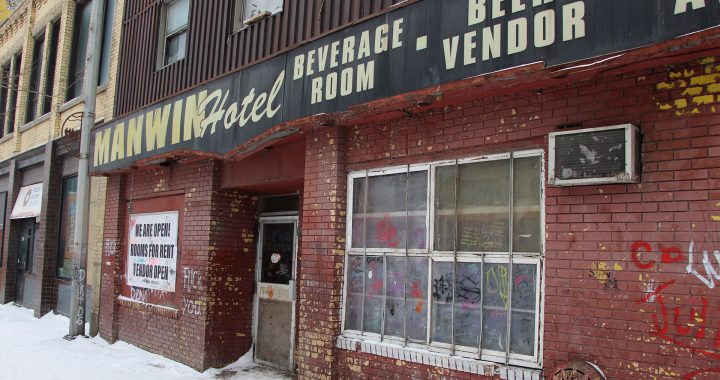A group of mothers in British Columbia is calling for the province to do more to stem the opioid crisis in the province.
Moms Stop the Harm say a number of actions can be taken including decriminalizing and providing a safe supply of drugs.
“We believe the government has allowed our loved ones to die for the last six years,” says Lisa Weih, who lost her 29-year-old daughter to a fentanyl overdose.
“You know the police officer that came to our house said yeah you know this is sad this is what happened to your daughter oh we don’t do anything about these deaths! We don’t try to find the source of the drugs we don’t try to investigate this as a crime- which it is it is murder.”
On Feb. 10, the province’s coroner said that illicit toxic drugs in British Columbia cause more deaths than all other unnatural causes combined and called for an end to old prevention measures that have been “an abject and very costly failure.”
Lisa Lapointe said that 2,224 suspected overdose deaths were recorded in the province in 2021, a 26 per cent rise over the previous year. There were 215 deaths in December, five more than in November.
The province says it is acting on the crisis.
“In the last year we have opened the new 105 bed specialized addictions and mental health facility at Red Fish Healing Centre that’s on the grounds of the former Riverview Hospital now known as səmiq̓ʷəʔelə,” says Sheila Malcolm, minister of mental health and addictions.
Read More:
Following Fayth’s healing journey and her day to day struggle
Yukon declares substance use health emergency in response to opioid deaths
But advocates say the problem is more than about bricks and mortar.
Trey Helton, manager of the Overdose Prevention Society, says one of the major challenges he’s seeing for addicts is the ability to test their drugs.
“Unfortunately, it’s intermittent it’s two hours here, two hours there, it’s not like there is one place you can go to get your drugs tested at 880 East Hasting,” he says. “But if the government can’t provide a safe supply and there is a lot of red tape around it, I think the least they can be doing is providing more spectrometer drug testing sites that have better hours for people.”










